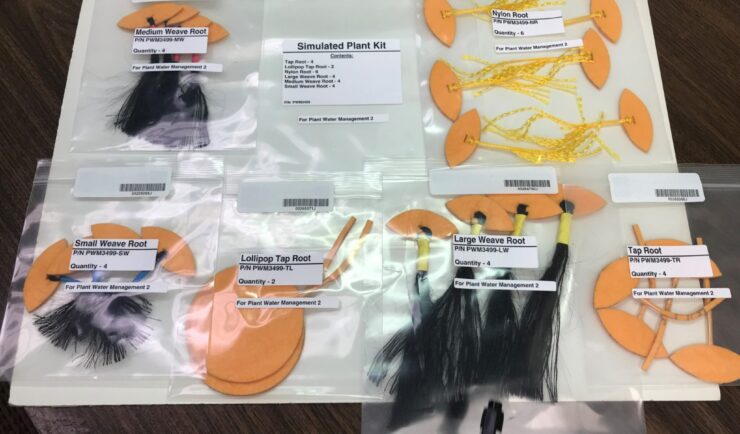- Success Stories
- Emergency Preparedness & Response
Large-Scale Decontamination Proves Successful
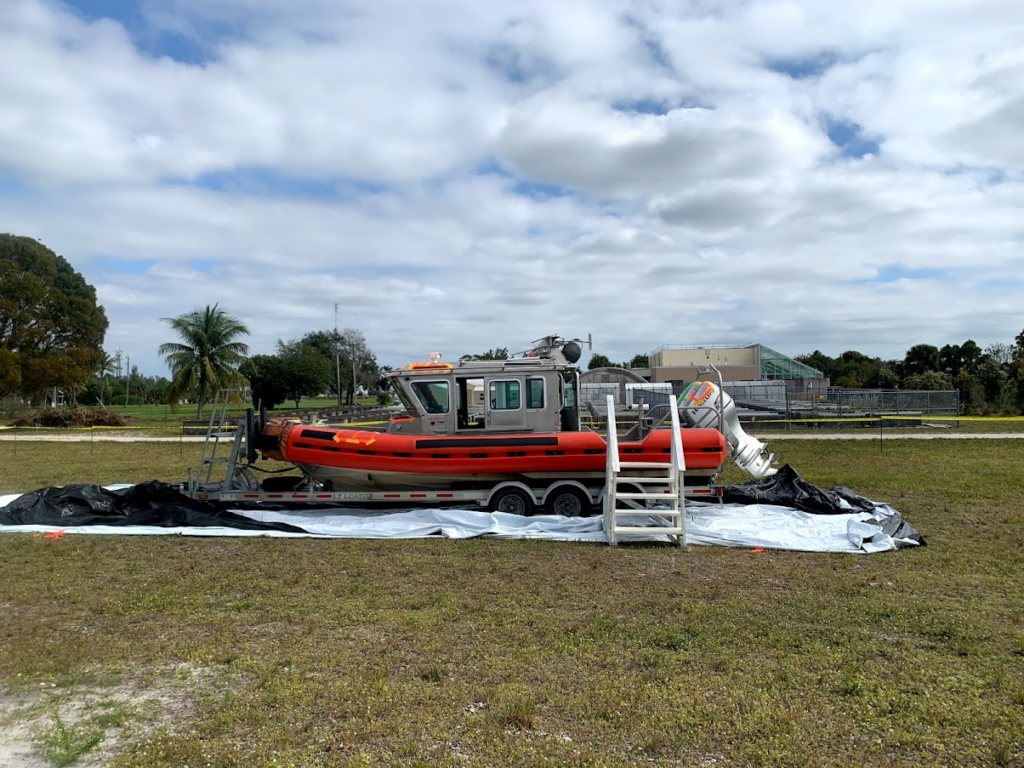
In the spring of 2022, we worked with the U.S. Environmental Protection Agency and the U.S. Coast Guard on a project called Analysis for Coastal Operational Resiliency-Wide Area Demonstration (WAD) which tests large scale decontamination following the release of surrogate bioagents. The team conducted a WAD at a military base in Virginia to test decontamination using various technologies on numerous surfaces. Our involvement included securing service contracts, equipment, and supplies; assisting with test bed set up and field work; managing and shipping collected samples; and providing assistance in demonstration execution.
In addition, our EPA Research Laboratory Support contract team assembled a novel prototype machine, which quickly collects samples of resuspended air particles from over hundreds of square feet. It is intended to be used to confirm decontamination of biological agent contamination (pictured below).
Prior to this exercise, our team led a smaller-scale exercise in January 2020 to decontaminate a U.S. Coast Guard response boat. We tested and successfully used three different technologies during this process.
Both of these field exercises enabled us to understand the data collected in a controlled, laboratory environment in a different way. We conducted the exercise in an outdoor environment, on a larger scale, and with front line responders to ensure that the procedures, decon chemicals and technologies evaluated in the lab can be ready to be stood up in real events. This is an extraordinary accomplishment as multiple agencies work together to sample and decontaminate with the goal to successfully clean up and restore important assets following a biological agent contamination event.
Learn more about this full operation: https://www.dhs.gov/science-and-technology/news/2022/07/26/feature-article-field-tests-culminate-4-years-bioagent-studies
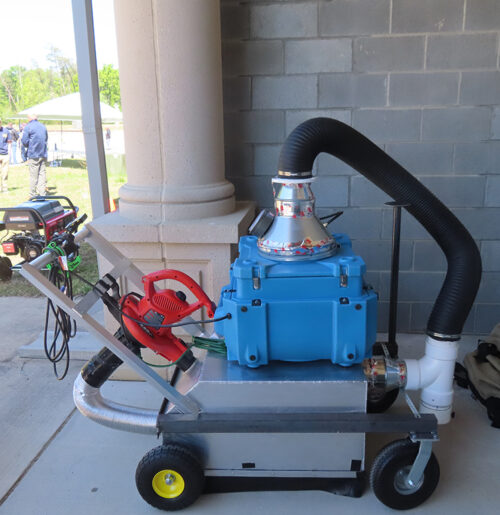
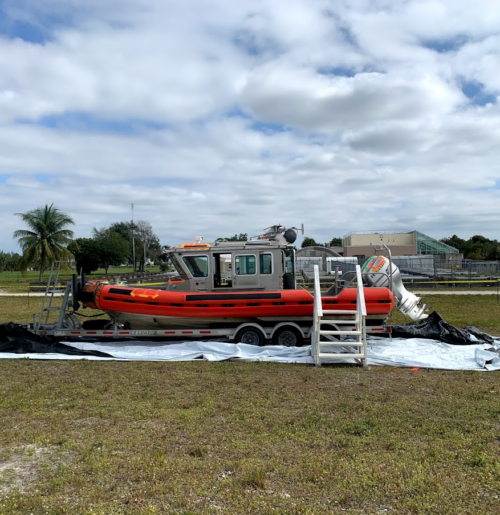

See More Success CSS Stories

Organizing Teams to Monitor Coastal Contaminants
For nearly 40 years NOAA’s National Mussel Watch Program has been monitoring contaminants in coastal waters in over 400 sites around the U.S. by testing sediment and bivalves, such as oysters and mussels. A CSS employee owner organizes and coordinates the regional missions to collect and test samples. This includes developing a schedule and coordinating…
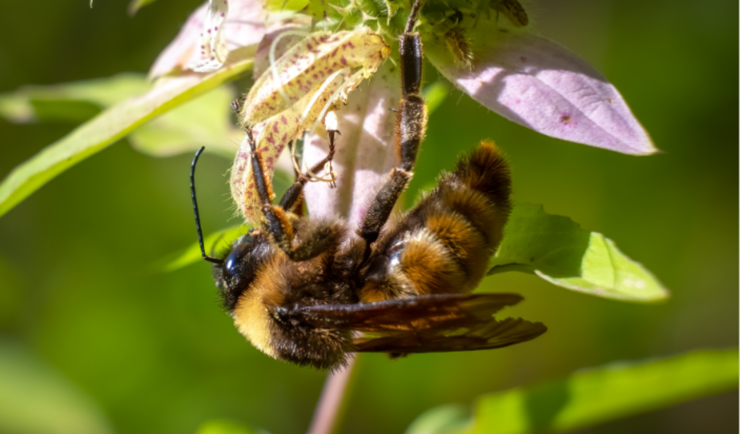
Developing a Database for Ecosystem Service Models
CSS scientists have been major developers and contributors to the online U.S. Environmental Protection Agency’s EcoService Models Library (ESML) database since its inception in 2012. The ESML database contains detailed but concise descriptions of ecosystem service models to facilitate the selection of models by ecosystem scientists for a variety of management and research applications. The…

